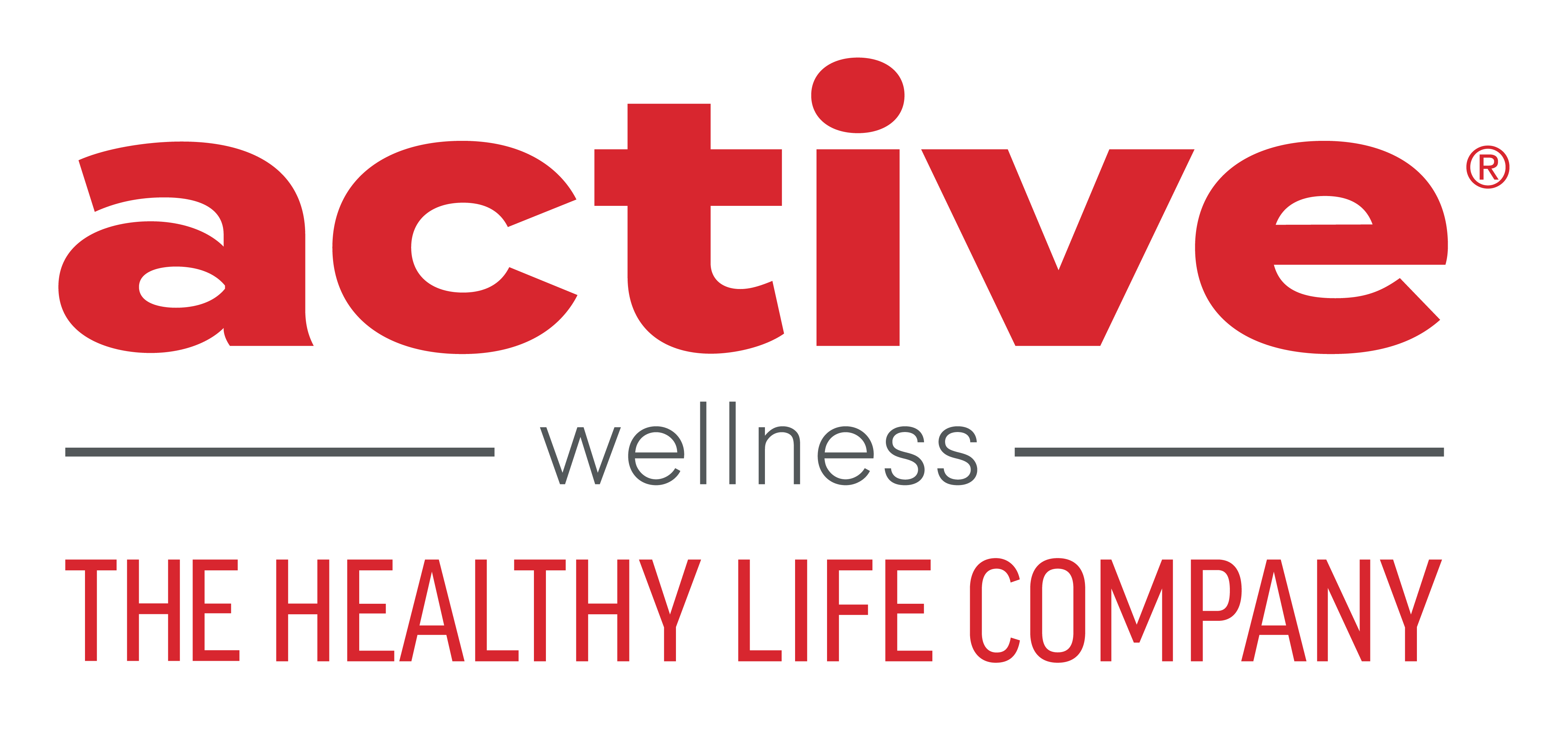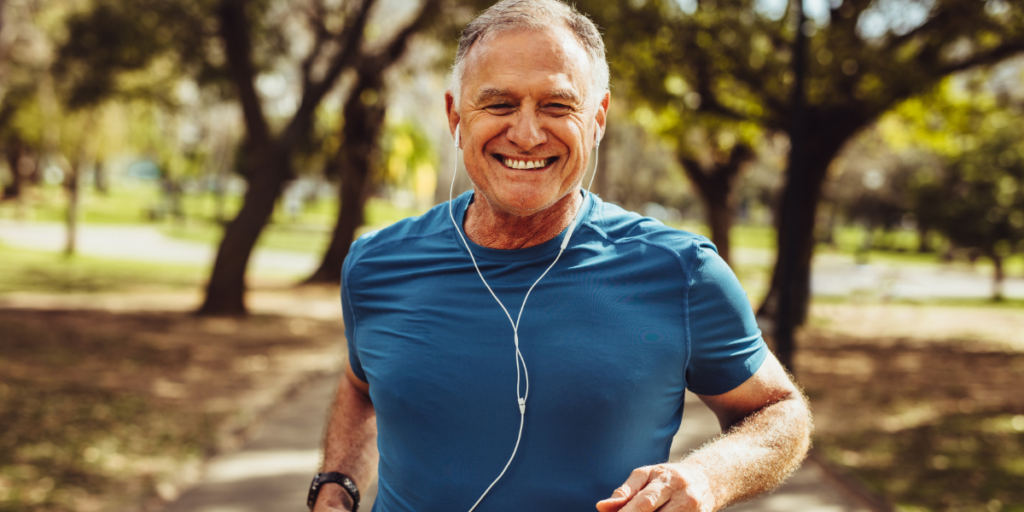
Aging is not synonymous with decline. With the right approach to exercise and nutrition, older adults can maintain—and even improve—their physical capabilities.
Since 2015, Active Wellness has been committed to promoting healthy living at every stage of life, designing programs that prioritize longevity, vitality, and overall well-being. Our experience serving our active aging members, which encompass over 40% of the population at our Wellness Center locations, has provided us insights to understand the profound impact a well-designed fitness center, proper engagement and fine-tuned programming has on aging residents.
It’s first important to understand the science behind exercise to see that it has an undeniable impact on healthspan. Decades of research have shown that physical activity is one of the most important actions people of all ages can take to improve their health. Exercise improves mood, boosts cognitive function, promotes better sleep, increases bone density, builds muscular strength and endurance, and staves off chronic disease so people can enjoy a high quality of life as they age.
According to the U.S. Department of Health & Human Services’ Physical Activity Guidelines for Americans, 2nd Edition, nearly 80% of adults do not meet the key guidelines for aerobic and muscle-strengthening activity. Additionally, the National Institute on Aging (2022) noted that age-related sarcopenia – loss of muscle mass and strength – accelerates after the age of 65 for women and 70 for men, which can lead to falls, fractures and brain injuries, and a loss of independence. Older adults can substantially slow down this loss of strength and power by adopting an active lifestyle.
Knowing why it’s important for older adults to exercise is one thing; successfully engaging them in fitness activities is another. Facilities, program design, staffing, and safety are key to any active aging program. Below are Active’s eight tips for engaging older adults in fitness and wellness programs
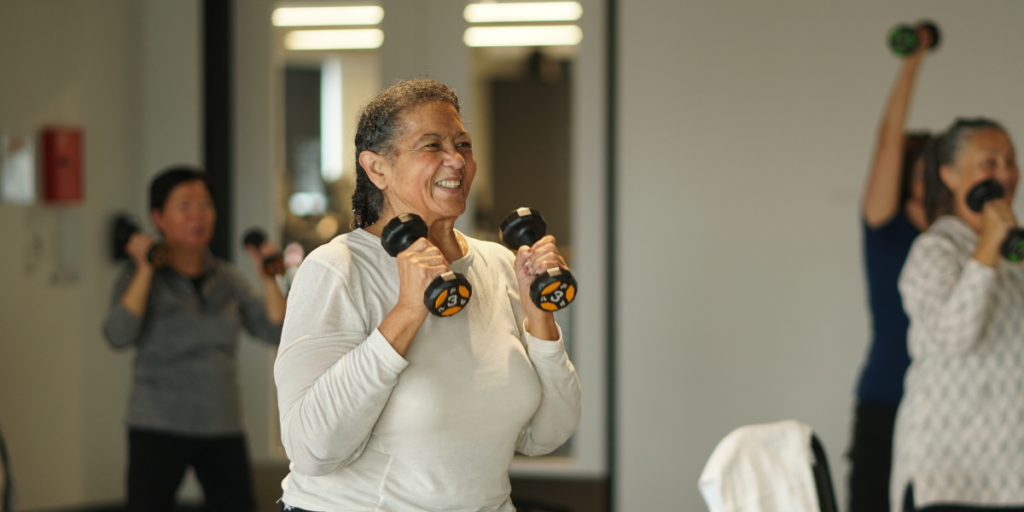
- Create a welcoming, inclusive environment. Consider every detail, from environmental design, cleanliness and accessibility to background music. Ensure staff members are easily identifiable with uniforms and nametags, greet members by name whenever possible, and put their needs first.
- Take time. Older adults often need extra time and assistance completing forms, registering for activities, learning how to use equipment and apps, etc. Patience will go a long way toward helping them feel at ease and creating a sense of belonging.
- Provide a thorough onboarding experience. A complimentary session or two with a personal trainer will provide a positive experience right from the start. Biometric and appropriate functional assessments – such as those in the Senior Fitness Test – can help trainers develop safe and effective Personal Exercise Plans for new members. Expect to receive follow-up questions as members get acclimated to the space and their workouts, especially if they are new to a fitness environment.
- Ensure your fitness team has experience working with older adults. Most older adults suffer from at least one chronic condition, such as type 2 diabetes, cardiovascular disease, osteoarthritis, osteoporosis, cognitive impairment, and cancer, and many will be dealing with chronic pain. Advanced certifications such as Senior Fitness Specialist, Medical Exercise Specialist, Brain Health Trainer, Active Aging Coach, etc., will provide team members with the extra training and preparation they need to work with this vulnerable population.
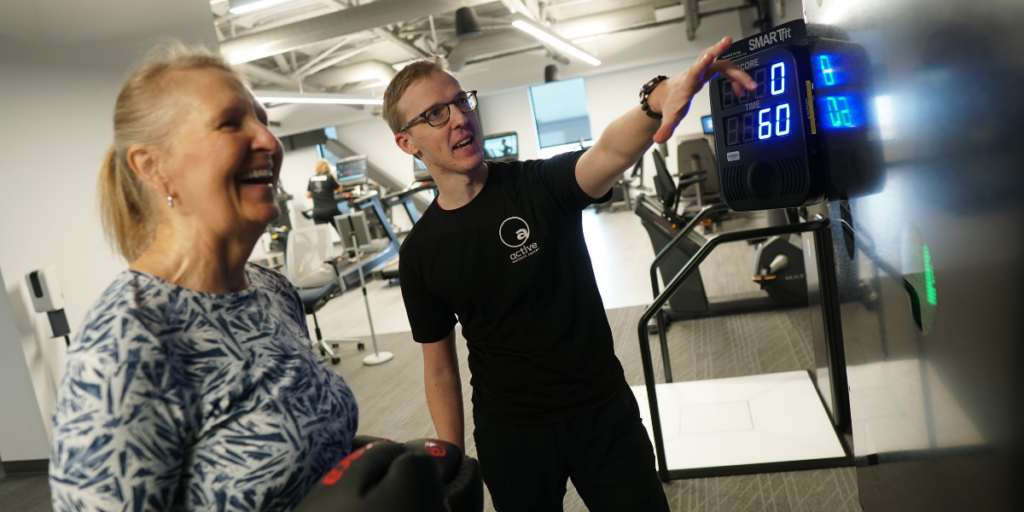
- Offer specialized training and classes. Augment your traditional fitness services with specialized personal training and classes that directly address challenges faced by older adults and pave the way for medical referrals to your facility. For example, Re:Act Brain and Body Training, Fall Prevention & Recovery, Cardiac Rehab III, and Parkinson’s group classes all provide life-changing results that will set you apart from conventional fitness facilities. A single six-week cohort in one of our Fall Prevention & Recovery sessions saw significant improvements in the Timed Up-and-Go, 30-second Chair Stand, Functional Reach, and 4-Stage Balance Test, enhancing participants’ stability and safety during activities of daily living.
- Create a progressive and engaging group fitness schedule. Group classes are a great way to improve conditioning, strength, and bone health while fostering community. A class schedule catering to older adults should offer a variety of formats that accommodate all levels of fitness and enable progression from one level to the next as skills and confidence improve.
- Think outside the dumbbells. Open your fitness space to your entire community and offer lunch & learns, coffee breaks, book clubs, trick-or-treating, pet adoption events, etc. These events will broaden your audience, draw in potential new members, and provide opportunities for socialization for your entire community.
- Make it FUN! Starting an exercise program as an older adult can be intimidating, especially if they are recovering from a fall, injury or illness. Fitness professionals can help foster an upbeat, positive environment by playing generational music in classes, using a modified obstacle course to train agility, creating themed classes and events, and combining cognitive challenges with physical exercises (“count backwards by threes while marching in place”).
Let Active Wellness help transform your active aging community with expert fitness center management and consulting services. Contact us today to learn how we can bring your vision to life.
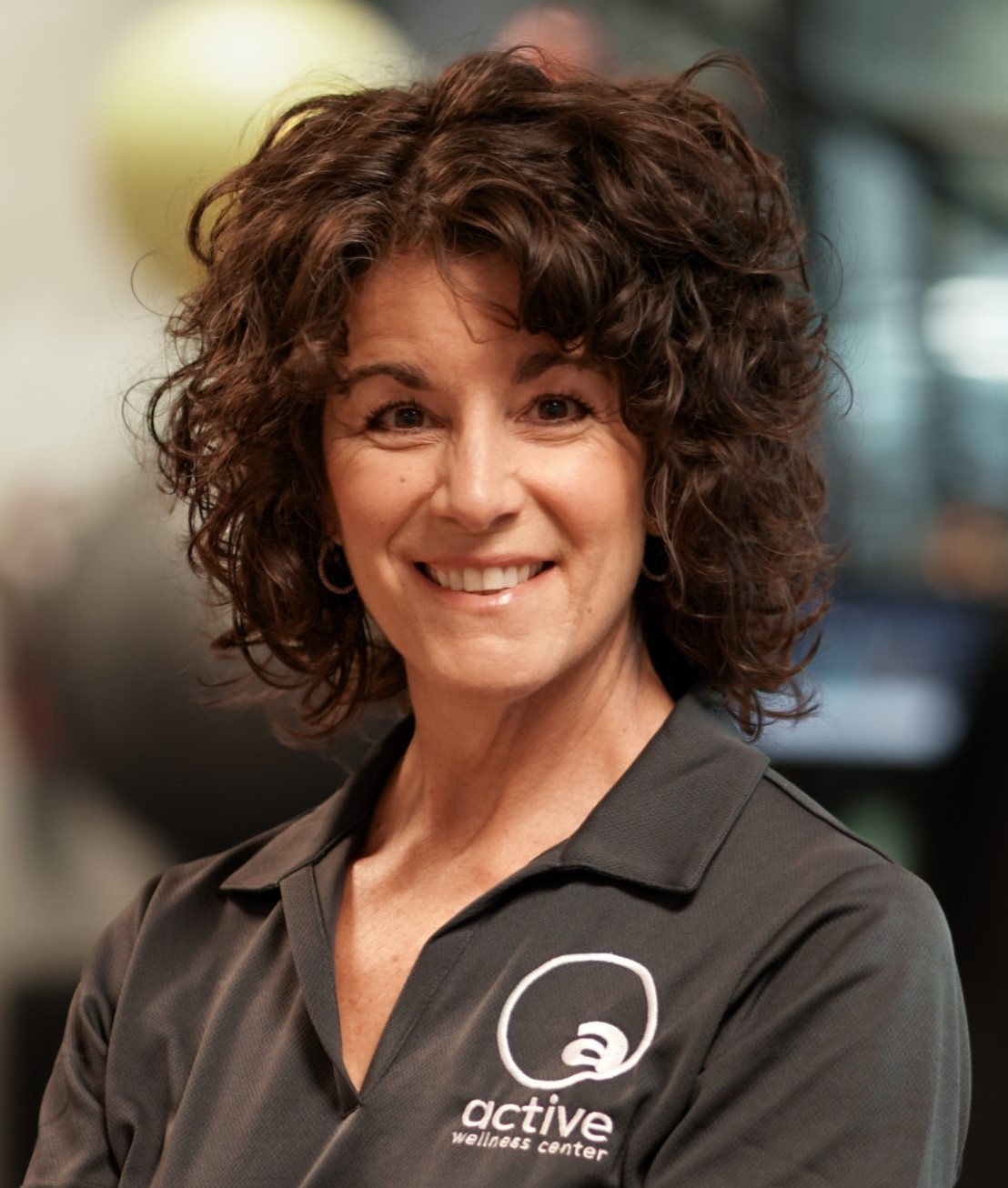
ANGIE Dobrowski
Active Wellness Center Reed’s Crossing Medical Fitness Manager
